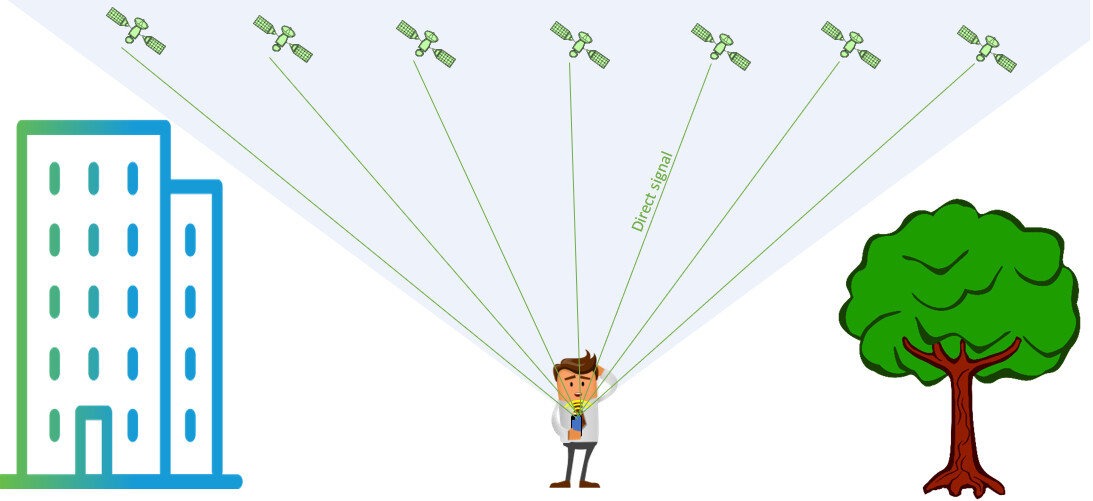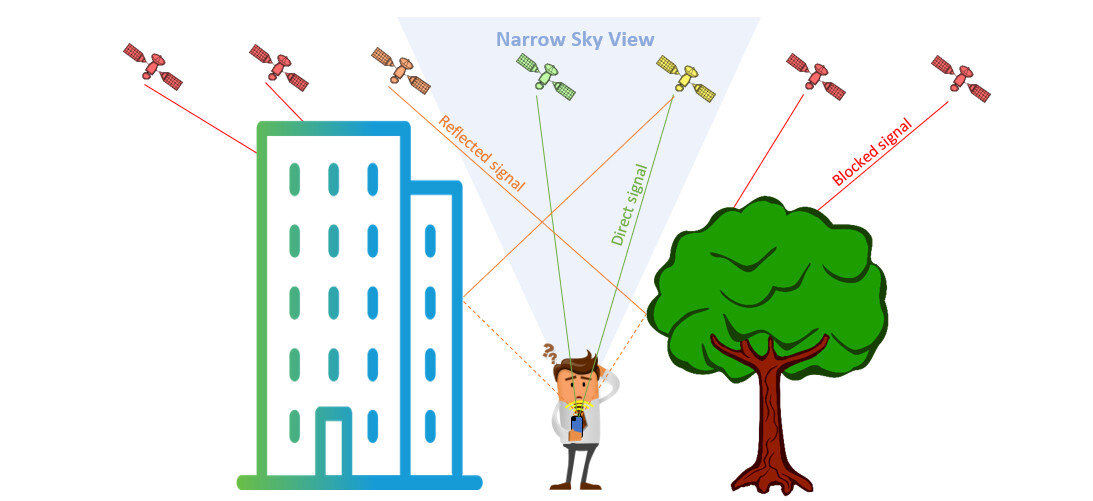GNSS and Pix4D supported RTK devices best practices - PIX4Dcatch RTK
This article explains best practices when using GNSS signal and the RTK technique for terrestrial mapping with Pix4D supported RTK devices. To get the best accuracy possible, make sure to stand in an open sky with a good internet connection.
Information: To get cm-accurate values, the GNSS satellite signal received with the rover's antenna needs to be corrected based on the measurements of stationary receivers, also called base stations or mount point. The corrections are transmitted using the NTRIP Correction Service.
DOs:
Glossary
- Stand in an open sky above the antenna.
- Make sure to have a good internet connection.
- Connect to the closest base station (mount point) in your location in the NTRIP settings.
- Wait for the RTK-fix before starting the measurement.
- Keep an eye on the accuracy values during measurements. If the accuracy decreases, stay stationary until the accuracy increases.
- Make measurements slowly and steadily.
- Point the antenna upwards.
- Avoid measurements near buildings and trees or under the bridge, where the antenna does not have an open sky to get direct signals from satellites.
- Avoid moving the device rapidly.


- Global Navigation Satellite System (GNSS) refers to a constellation of satellites providing signals from space that transmit positioning and timing data to GNSS receivers. The receivers then use this data to determine location.
- Real-Time Kinematic (RTK) is a technique used to improve the accuracy of a standalone GNSS receiver by receiving real-time corrections from reference points.
- Two receivers are used in RTK:
- Stationary receiver - Base station (mount point), for example, national reference stations network (CORS).
- Moving receiver - Rover, for example, Pix4D-adapted RTK devices.
- The communication between the base station and the rover is carried out using NTRIP Service.
- NTRIP Service uses an internet connection to receive corrections from the base station.
